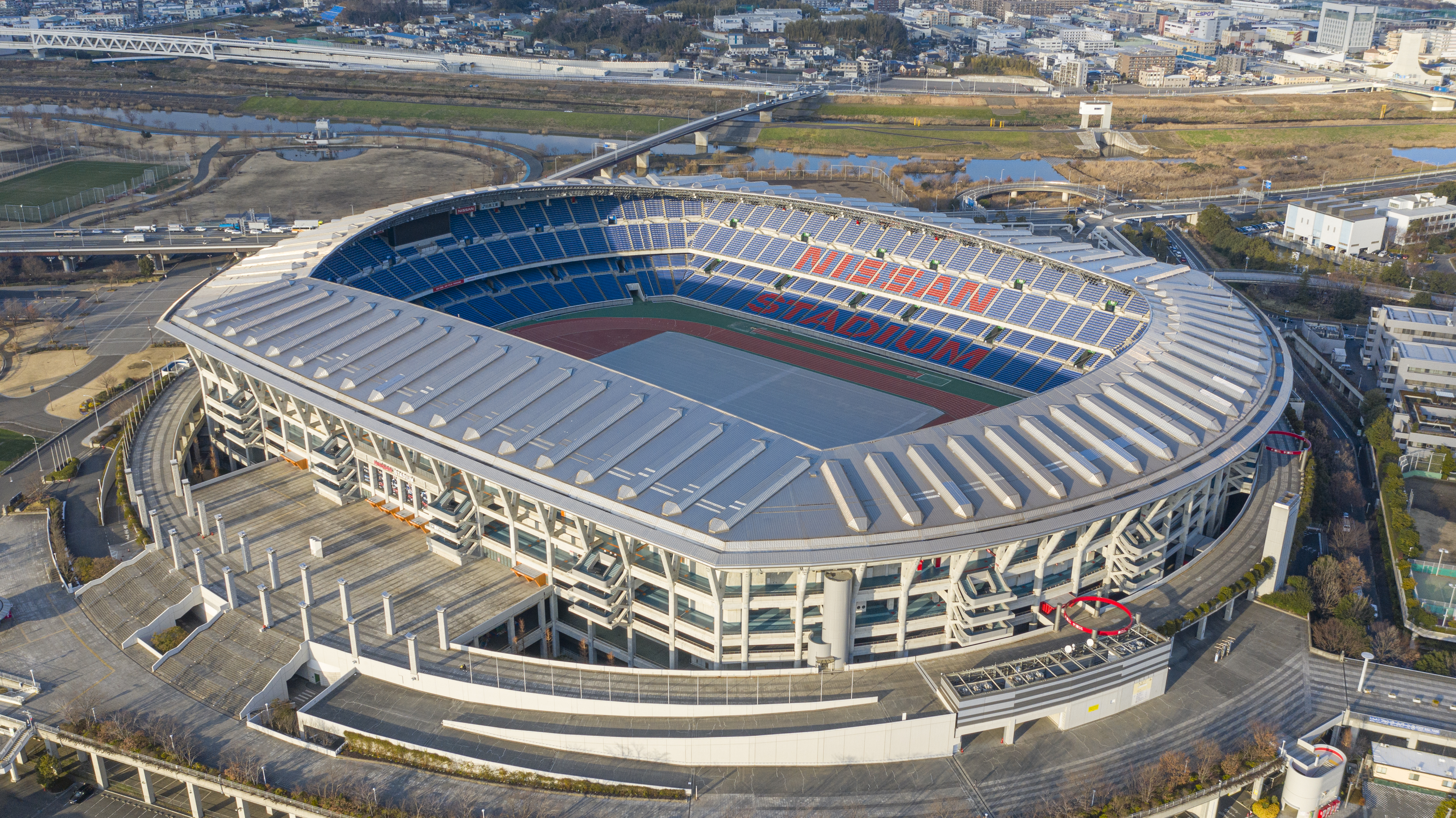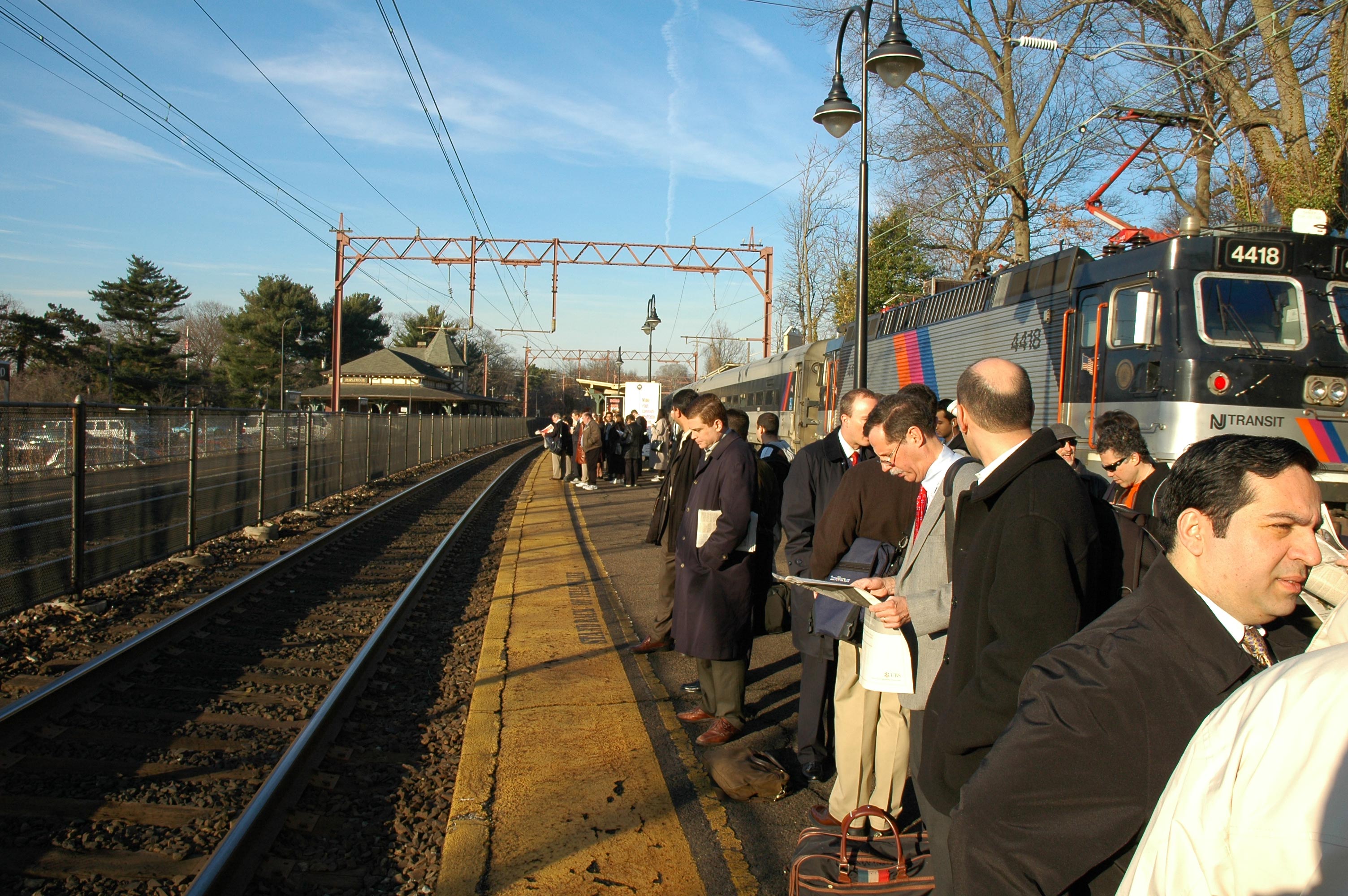|
Kōhoku-ku, Yokohama
is one of the 18 wards of the city of Yokohama in Kanagawa Prefecture, Japan. As of March 1, 2012, the ward had an estimated population of 332,488, with 156,198 households and a population density of 10,588.79 persons per km². The total area was 31.40 km². Kōhoku Ward has the largest population of Yokohama's 18 wards, and ranks second to Naka Ward in the total number of workplaces. Geography Kōhoku Ward is located in eastern Kanagawa Prefecture, and on the northeastern borders of the city of Yokohama. Surrounding municipalities * Tsurumi Ward *Kanagawa Ward * Midori Ward * Tsuzuki Ward *Kawasaki, Kanagawa History The area around present-day Kōhoku Ward was formerly part of Tsuzuki District in Musashi Province. During the Edo period, it was a rural region classified as ''tenryō'' territory controlled directly by the Tokugawa shogunate, but administered through various ''hatamoto''. After the Meiji Restoration, the area became part of the new Kanagawa Prefecture in 1 ... [...More Info...] [...Related Items...] OR: [Wikipedia] [Google] [Baidu] |
Wards Of Japan
A is a subdivision of the cities of Japan that are large enough to have been designated by government ordinance. Chapter 17: Government System (Retrieved on July 4, 2009) Wards are used to subdivide each city designated by government ordinance ("designated city"). The 23 special wards of Tokyo Metropolis have a |
Midori-ku, Yokohama
is one of the 18 wards of the city of Yokohama in Kanagawa Prefecture, Japan. As of 2010, the ward had an estimated population of 176,038 and a density of 6,900 persons per km². The total area was 25.42 km². Geography Midori Ward is located in eastern Kanagawa Prefecture, and on the northwest borders of the city of Yokohama. Except for the northeast portion, much of the area is hilly and relatively sparsely populated compared to other parts of the city. The flatter northeast portion is located on the Tsurumi River basin, with the river serving as a ward boundary with Tsuzuki-ku. Surrounding municipalities * Seya Ward *Kanagawa Ward * Kohoku Ward * Aoba Ward * Hodogaya Ward * Asahi Ward * Tsuzuki Ward * Machida, Tokyo History The area around present-day Midori Ward was formerly part of Tsuzuki District in Musashi Province. During the Edo period, it was a rural region classified as ''tenryō'' territory controlled directly by the Tokugawa shogunate, but administered th ... [...More Info...] [...Related Items...] OR: [Wikipedia] [Google] [Baidu] |
Nissan Stadium (Yokohama)
, also known as , is a multi-purpose stadium in Yokohama, Kanagawa Prefecture, Japan, which opened in March 1998. It is the home stadium of Yokohama F. Marinos of the J1 League. International Stadium Yokohama had the highest seating capacity of any stadium in Japan for 21 years, with a total of 75,000 seats, up until the New National Stadium in Tokyo was opened in November 2019. It hosted three group stage games during the 2002 FIFA World Cup, and the final game between Germany and Brazil was played there on 30 June 2002. The stadium was one of the football venues for the 2020 Summer Olympics. The stadium was a venue for the 2019 Rugby World Cup and eventually hosted the final of the tournament after the originally selected host, National Stadium was unable to be constructed in time. On 28 August 2009, Nissan Motors announced that they would not renew the contract for the naming rights of the stadium, which expired on 28 February 2010. But negotiations continued with th ... [...More Info...] [...Related Items...] OR: [Wikipedia] [Google] [Baidu] |
Shin-Yokohama Ramen Museum
is a small district in Kōhoku-ku, Yokohama, Kanagawa Prefecture, Japan. Buildings and attractions * Shin-Yokohama Station * Kita Shin-Yokohama Station * Shin-Yokohama Raumen Museum * Yokohama Arena * Nissan Stadium * Shin Yokohama Prince Hotel * Winds Shin-Yokohama * Yokohama Rapport * Shin-Yokohama Park * Kohoku Police Station Kohoku may refer to: * Kohoku, Shiga *Kōhoku, Saga *Kōhoku-ku, Yokohama is one of the 18 wards of the city of Yokohama in Kanagawa Prefecture, Japan. As of March 1, 2012, the ward had an estimated population of 332,488, with 156,198 households ... {{Authority control Geography of Yokohama ... [...More Info...] [...Related Items...] OR: [Wikipedia] [Google] [Baidu] |
Elna (Japanese Company)
Elna Co. Ltd is a Japanese manufacturer of electrolytic and electric double layer capacitors. It also produces custom printed circuit board A printed circuit board (PCB; also printed wiring board or PWB) is a medium used in Electrical engineering, electrical and electronic engineering to connect electronic components to one another in a controlled manner. It takes the form of a L ...s for OEM use. The company took on the name "Elna" when it acquired Elna Electronics Co. in March 1968. However, the company was established in 1937, though not under the name "Elna". Elna's headquarters is located in Yokohama, Japan. References * http://www.elna.co.jp/en/company/data.html Capacitor manufacturers Electronics companies established in 1937 Manufacturing companies based in Yokohama Electronics companies of Japan Japanese companies established in 1937 Japanese brands {{tech-company-stub ... [...More Info...] [...Related Items...] OR: [Wikipedia] [Google] [Baidu] |
ANEST IWATA
is a Japanese manufacturer of air compressors, coating equipment and systems, and vacuum pump and liquid application equipment. The company also produces painting robots developed with Mitsubishi Heavy Industry is a Japanese multinational engineering, electrical equipment and electronics corporation headquartered in Tokyo, Japan. MHI is one of the core companies of the Mitsubishi Group and its automobile division is the predecessor of Mitsubishi Motor .... References External links Official site * Wiki collection of bibliographic works on ANEST IWATA Manufacturing companies based in Yokohama Companies listed on the Tokyo Stock Exchange Manufacturing companies established in 1926 1926 establishments in Japan Japanese brands {{japan-company-stub ... [...More Info...] [...Related Items...] OR: [Wikipedia] [Google] [Baidu] |
Bedroom Community
A commuter town is a populated area that is primarily residential rather than commercial or industrial. Routine travel from home to work and back is called commuting, which is where the term comes from. A commuter town may be called by many other terms: "bedroom community" (Canada and northeastern US), "bedroom town", "bedroom suburb" (US), "dormitory town", or "dormitory suburb" (Britain/Commonwealth/Ireland). In Japan, a commuter town may be referred to by the '' wasei-eigo'' coinage . The term "exurb" was used from the 1950s, but since 2006, is generally used for areas beyond suburbs and specifically less densely built than the suburbs to which the exurbs' residents commute. Causes Often commuter towns form when workers in a region cannot afford to live where they work and must seek residency in another town with a lower cost of living. The late 20th century, the dot-com bubble and United States housing bubble drove housing costs in Californian metropolitan areas to his ... [...More Info...] [...Related Items...] OR: [Wikipedia] [Google] [Baidu] |
Meiji Restoration
The , referred to at the time as the , and also known as the Meiji Renovation, Revolution, Regeneration, Reform, or Renewal, was a political event that restored practical imperial rule to Japan in 1868 under Emperor Meiji. Although there were ruling emperors before the Meiji Restoration, the events restored practical abilities and consolidated the political system under the Emperor of Japan. The goals of the restored government were expressed by the new emperor in the Charter Oath. The Restoration led to enormous changes in Japan's political and social structure and spanned both the late Edo period (often called the Bakumatsu) and the beginning of the Meiji era, during which time Japan rapidly industrialized and adopted Western ideas and production methods. Foreign influence The Japanese knew they were behind the Western powers when US Commodore Matthew C. Perry came to Japan in 1853 in large warships with armaments and technology that far outclassed those of Japan, wit ... [...More Info...] [...Related Items...] OR: [Wikipedia] [Google] [Baidu] |
Hatamoto
A was a high ranking samurai in the direct service of the Tokugawa shogunate of feudal Japan. While all three of the shogunates in Japanese history had official retainers, in the two preceding ones, they were referred to as ''gokenin.'' However, in the Edo period, ''hatamoto'' were the upper vassals of the Tokugawa house, and the ''gokenin'' were the lower vassals. There was no precise difference between the two in terms of income level, but a hatamoto had the right to an audience with the ''shōgun'', whereas gokenin did not.Ogawa, p. 43. The word ''hatamoto'' literally means "origin of the flag", with the sense of 'around the flag', it is described in Japanese as 'those who guard the flag' (on the battlefield) and is often translated into English as "bannerman". Another term for the Edo-era ''hatamoto'' was , sometimes rendered as "direct shogunal ''hatamoto''", which serves to illustrate the difference between them and the preceding generation of ''hatamoto'' who served var ... [...More Info...] [...Related Items...] OR: [Wikipedia] [Google] [Baidu] |
Tokugawa Shogunate
The Tokugawa shogunate (, Japanese 徳川幕府 ''Tokugawa bakufu''), also known as the , was the military government of Japan Japan ( ja, 日本, or , and formally , ''Nihonkoku'') is an island country in East Asia. It is situated in the northwest Pacific Ocean, and is bordered on the west by the Sea of Japan, while extending from the Sea of Okhotsk in the no ... during the Edo period from 1603 to 1868.Louis-Frédéric, Nussbaum, Louis-Frédéric. (2005)"''Tokugawa-jidai''"in ''Japan Encyclopedia'', p. 978.Nussbaum"''Edo-jidai''"at p. 167. The Tokugawa shogunate was established by Tokugawa Ieyasu after victory at the Battle of Sekigahara, ending the civil wars of the Sengoku period following the collapse of the Ashikaga shogunate. Ieyasu became the ''shōgun,'' and the Tokugawa clan governed Japan from Edo Castle in the eastern city of Edo (Tokyo) along with the ''daimyō'' lords of the ''samurai'' class.Nussbaum"Tokugawa"at p. 976. The Tokugawa shogunate organized ... [...More Info...] [...Related Items...] OR: [Wikipedia] [Google] [Baidu] |
Tenryō
The Tokugawa shogunate (, Japanese 徳川幕府 ''Tokugawa bakufu''), also known as the , was the military government of Japan during the Edo period from 1603 to 1868. Nussbaum, Louis-Frédéric. (2005)"''Tokugawa-jidai''"in ''Japan Encyclopedia'', p. 978.Nussbaum"''Edo-jidai''"at p. 167. The Tokugawa shogunate was established by Tokugawa Ieyasu after victory at the Battle of Sekigahara, ending the civil wars of the Sengoku period following the collapse of the Ashikaga shogunate. Ieyasu became the ''shōgun,'' and the Tokugawa clan governed Japan from Edo Castle in the eastern city of Edo (Tokyo) along with the ''daimyō'' lords of the ''samurai'' class.Nussbaum"Tokugawa"at p. 976. The Tokugawa shogunate organized Japanese society under the strict Tokugawa class system and banned most foreigners under the isolationist policies of ''Sakoku'' to promote political stability. The Tokugawa shoguns governed Japan in a feudal system, with each ''daimyō'' administering a '' han'' (f ... [...More Info...] [...Related Items...] OR: [Wikipedia] [Google] [Baidu] |
Edo Period
The or is the period between 1603 and 1867 in the history of Japan, when Japan was under the rule of the Tokugawa shogunate and the country's 300 regional ''daimyo''. Emerging from the chaos of the Sengoku period, the Edo period was characterized by economic growth, strict social order, isolationist foreign policies, a stable population, perpetual peace, and popular enjoyment of arts and culture. The period derives its name from Edo (now Tokyo), where on March 24, 1603, the shogunate was officially established by Tokugawa Ieyasu. The period came to an end with the Meiji Restoration and the Boshin War, which restored imperial rule to Japan. Consolidation of the shogunate The Edo period or Tokugawa period is the period between 1603 and 1867 in the history of Japan, when Japan was under the rule of the Tokugawa shogunate and the country's regional ''daimyo''. A revolution took place from the time of the Kamakura shogunate, which existed with the Tennō's court, to th ... [...More Info...] [...Related Items...] OR: [Wikipedia] [Google] [Baidu] |






